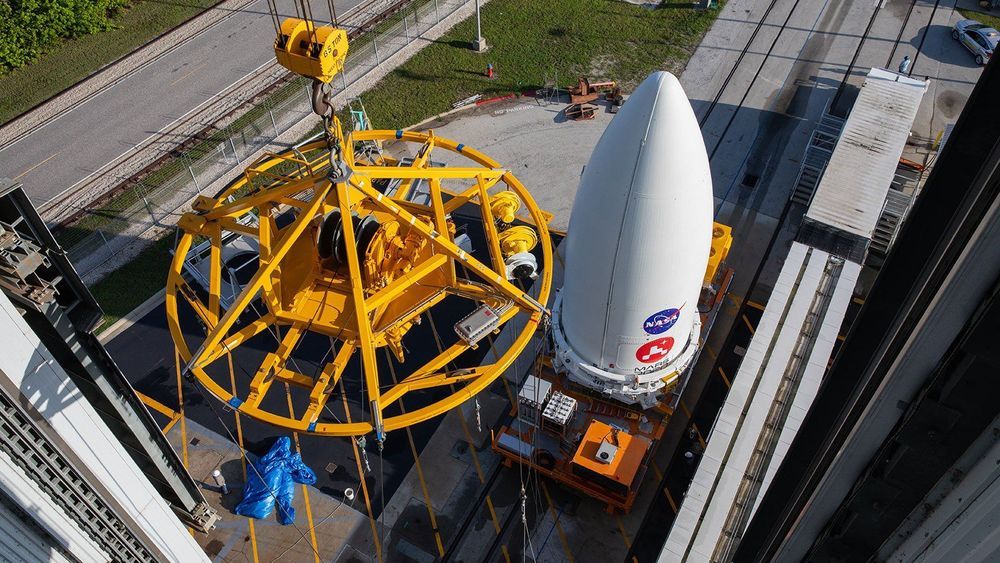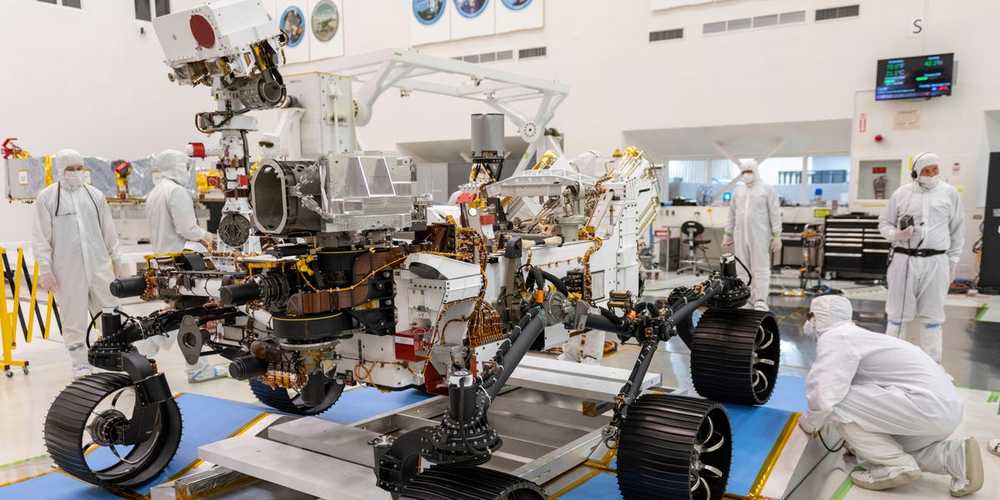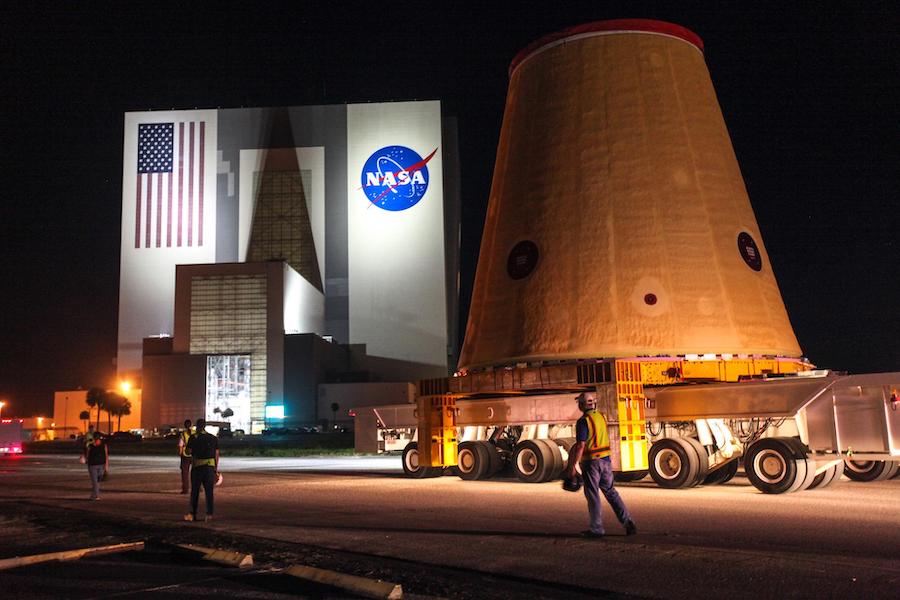While we were all busy watching the Perseverance rover head off on its journey to Mars, NASA’s asteroid sample mission has been gearing up for its big moment. The Origins, Spectral Interpretation, Resource Identification, Security, Regolith Explorer (OSIRIS-REx for short) has completed its final test approach of the surface. The next time it descends, OSIRIS-REx will scoop up pieces of the asteroid Bennu for return to Earth.
NASA launched OSIRIS-REx in 2016, sending it off to intercept 101955 Bennu, a carbonaceous asteroid about 1,610 feet (490 meters) in diameter. Bennu does get very close to Earth at points in its orbit — there’s even a small chance that it could impact the Earth in the next few centuries. Currently, it’s safely out of the way about 2 AU distant (an AU is the distance between Earth and the sun).
OSIRIS-REx rendezvoused with Bennu in 2018, and the team set to work finding a landing zone. NASA encountered the same issue as the Japanese Hayabusa2 team — Bennu was much more craggy than expected. To collect a sample, OSIRIS-REx has to make contact with the surface, and that’s dangerous with uneven surfaces and rocky prominences everywhere. Eventually, NASA selected several potential sites, naming them after birds. The Nightingale site, which is in a crater near the asteroid’s north pole, prevailed.


